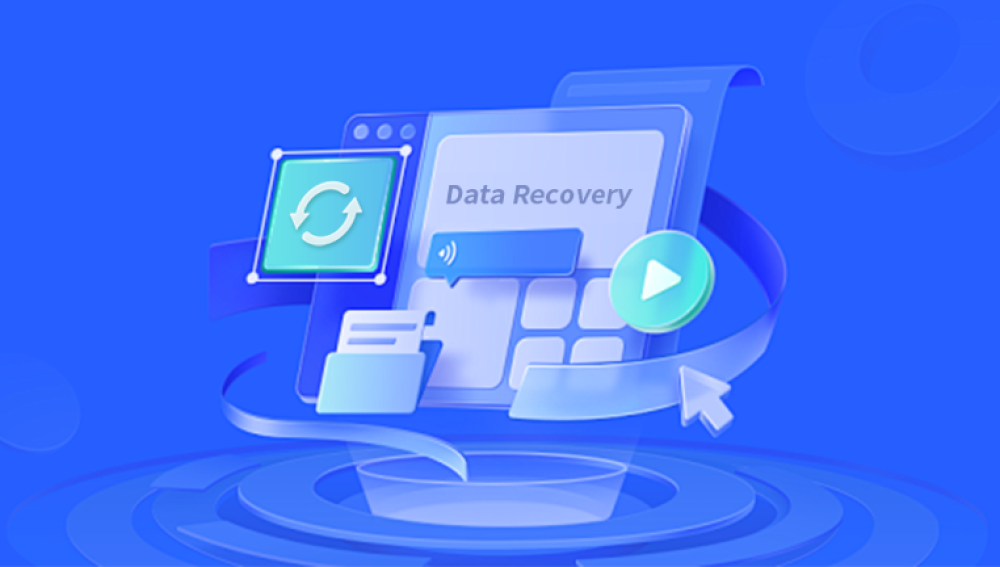It sounds like you're dealing with a serious issue. When a PC makes a pop sound and then fails to turn on, it can indicate several potential problems.
1. Immediate Actions
Power Off: If your PC is still connected to power, unplug it immediately to prevent further damage.
Disconnect Peripherals: Unplug all external devices (mouse, keyboard, printers, etc.) to isolate the issue.
2. Visual Inspection
Check for Physical Damage: Open the case and look for any visible signs of damage, such as burnt components, damaged capacitors, or loose cables.
Smell Test: Be cautious of any burnt odors, which can indicate damaged components.

3. Power Supply Unit (PSU) Issues
Inspect the PSU: The "pop" sound could have come from the power supply unit. Check if there are any visible signs of damage or if the PSU fan is obstructed.
Test the PSU: Use a PSU tester or try a known working PSU to see if your PC turns on.
4. Motherboard Issues
Check for Short Circuits: Ensure that no metal parts are touching the motherboard where they shouldn’t be. This can cause shorts and potential damage.
Inspect Capacitors: Look for any bulging or leaking capacitors on the motherboard. Damaged capacitors can cause significant issues.
5. Component Testing
Remove and Reseat Components: Carefully remove and reseat components like RAM, GPU, and storage devices. This can resolve issues related to loose connections.
Test Components Individually: If possible, test components like RAM and GPU in another working PC to see if they are the source of the problem.
6. Check Power Connections
Verify Cable Connections: Ensure that all power cables from the PSU are properly connected to the motherboard and other components.
Inspect for Loose or Disconnected Cables: Loose connections can prevent the PC from powering on.
7. Diagnosing with Beep Codes
Listen for Beep Codes: If your motherboard has a speaker, listen for beep codes when you try to turn on the PC. These codes can provide clues about what might be wrong.
Consult the Manual: Refer to the motherboard’s manual for information on beep codes and what they signify.
8. BIOS/UEFI Issues
Clear CMOS: Resetting the BIOS/UEFI settings by clearing the CMOS can sometimes resolve boot issues. This is usually done by removing the CMOS battery for a few minutes or using a jumper on the motherboard.
Check BIOS Settings: If the PC turns on but doesn’t boot, enter the BIOS/UEFI and check for any incorrect settings or misconfigurations.
9. Check for Overheating
Inspect Cooling System: Ensure that all fans and heatsinks are properly installed and functioning. Overheating can cause the PC to shut down or not start at all.
Clean Dust: Dust buildup can obstruct airflow and lead to overheating. Clean out any dust from the case and components.
10. Examine the Hard Drive and Storage Devices
Check for Physical Damage: Look for any signs of damage on the hard drive or SSD. While unlikely, a damaged drive can sometimes cause issues during startup.
Disconnect Storage Devices: Try disconnecting the hard drive or SSD to see if the PC powers on. This can help isolate the problem.
11. Seek Professional Help
Contact a Technician: If you’re unable to diagnose or fix the issue yourself, it may be time to consult a professional technician. They can perform more advanced diagnostics and repairs.
12. Prevention Tips
Regular Maintenance: Regularly clean your PC and check for loose connections or dust buildup to prevent similar issues.
Use Surge Protectors: Protect your PC from power surges and outages by using a surge protector or uninterruptible power supply (UPS).
A PC that makes a pop sound and won’t turn on is likely experiencing a hardware failure. The issue could stem from the power supply, motherboard, or other components. By methodically checking each potential problem area, you can often diagnose and address the issue yourself. If you're uncomfortable performing these checks, or if the problem persists, seeking professional help is a prudent step.




